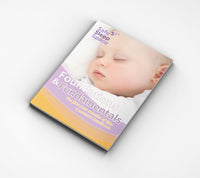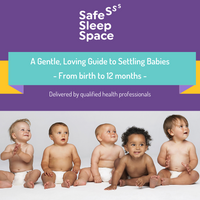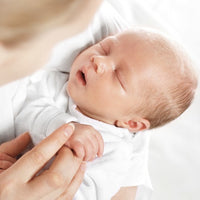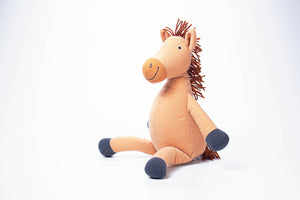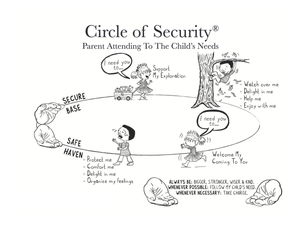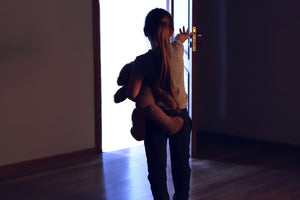Does my child have Obstructive Sleep Apnoea?

Obstructive Sleep Apnoea (OSA) and Snoring
What’s it all about?
Snoring and children is not a healthy combination. And although many parents just pass snoring off as ‘one of those things’ in their child, the truth is that any snoring or noisy breathing during sleep always needs investigating.
What is Obstructive Sleep Apnoea?
Obstructive sleep apnoea (OSA) is a medical condition where the breathing muscles become partly blocked during sleep. Instead of being a clear passage for the air to enter the nose and upper airway, partial or total blockage happens. This is most frequently because the tonsils and adenoids are enlarged.
Though it’s stating the obvious, a child’s face is quite small. There’s a lot going on in that small space. Even a slight inflammation or enlargement of lymphoid tissue in the confined space at the back of the nose and throat can interrupt airflow.
Why Can’t I Hear Any Problems When They’re Awake?
During sleep, the muscles in the face and airway relax. This means the tiny airways are not open like they are when the child is awake. Position also plays a part where inflamed tonsils and adenoids are more likely to cause obstruction when the child is lying down.
Snoring and Children
Snoring in kids is fairly common – around 15-20% will snore. Reassuringly, not all kids who snore have OSA – around 2-3% of children are affected.
How Would I Know if my Child has OSA?
There are a range of symptoms which children with OSA may show. But it’s important to know that not every child with these symptoms will be affected by OSA.
- Loud snoring with stops and starts in their breathing.
- They seem to have difficulty breathing when they’re sleeping.
- Are restless sleepers, moving around a lot in their cot/bed.
- Seem sweaty and hot, as if they’re working hard even though they should be relaxed.
- Position themselves in unusual ways in their bed, e.g. propped up high on pillows or resting against the headrest of the bed.
- Breathing through their mouth, instead of their nose during the night.
- Noisy breathing such as choking, snorting, coughing, gasping and gulping air.
- Complaints of headaches and tiredness in the morning.
- Having a blocked nose and problems swallowing.
- Frequent mouth breathing during the day.
- Poor weight gain and failure to thrive.
- Waking up unrefreshed, even though the child may have slept for a good amount of time.
- Bedwetting again after being dry at night for six months or more.
- For parents, having a sense of concern or worry about your child’s breathing during the day or night.
Other Signs and Symptoms of OSA
- Behavioural challenges.
- Being hyperactive during the day.
- Always being tired and grumpy.
- Recurrent medical issues, especially frequent coughs, colds and infections.
- Difficulty swallowing large pieces of food.
- Learning and attention can be affected by OSA.
- Sleep terrors.
Causes for OSA
There is a range of possible causes but the most likely is enlargement of the tonsils – at the back of the throat, and the adenoids which are positioned at the back of the nose. Small bone type structures in the nose called the turbinates can also be a factor.
In the early years, the tonsils and adenoids grow very quickly. When there is an infection or recurrent infection, the tonsils and adenoids are also inflamed causing more obstruction.
OSA is not always caused by enlarged tonsils and adenoids. Just as in adults, there can be other reasons for noisy breathing.
- Being overweight or obese. This is because the airways, especially in the neck, can’t stay as open as they need to. A clear and unobstructed airway allows the smooth passage of air through the nose, down the back of the throat and into the lungs.
- Long term allergies and hay-fever.
- Having a very small jaw or lower facial structure.
- Having abnormalities in the skull or face.
- Low muscle tone or weak muscles.
- Having a family history of OSA.
What is the Cure for OSA?
The most effective cure is removal of the tonsils and adenoids, this is commonly called having the ‘T’s and A’s removed’. Removing the tonsils and adenoids cures around 80-90% of OSA in children. If there are no complications and the child recovers well, symptoms of OSA usually settle after 6-8 weeks.
Occasionally, the adenoids grow back which means they need to be removed again. Sometimes, more specialised surgery is needed for children with more complex issues.
If the OSA is caused by the child being overweight or obese, a weight reduction program may be recommended. This can require a referral to a dietician with expertise in children.
If an allergy is suspected to be the cause of OSA, medications can help. Anti-histamines, anti-inflammatory intra-nasal sprays, and tablets are the most common option.
For children with special medical conditions causing their OSA, a CPAP machine (Continuous Positive Airways Pressure) machine may be required. These are similar to the ones used for adults who snore, but smaller and less powerful so they suit a child’s anatomy.
My Child’s Snoring, What Should I do?
The first step is to take your child for a GP assessment. Depending on their findings, they may refer your child to a paediatrician or an ear, nose and throat specialist. Sometimes, overnight monitoring in hospital or a sleep study is recommended.
Five Important Tips to Know About Obstructive Sleep Apnoea
- Snoring in children always needs to be checked by a doctor.
- Surgery may not be necessary however if the OSA is caused by enlarged tonsils and adenoids, it is the most common solution.
- Obstructive sleep apnoea can lead to poor behaviour in children. Chronic tiredness, inattention and opposition can all be symptoms of OSA.
- Loud snoring, pauses in breathing, mouth breathing and restless sleep are also common symptoms of OSA.
- OSA can affect a child’s quality of sleep and how they function during the day. It can also affect the heart health of even very young children.
Toddlers are tricky, get some back up with our parent support tools.
As your baby develops into a toddler, they become increasingly aware of the world around them.
While this can be an exciting time for your toddler, it can also be challenging and frustrating for you both, as they begin to exert their independence and insist on doing things on their own.
The Guide to Toddlers is the perfect place to learn all of the skills and behaviours of your toddler and gentle and effective ways to communicate with them.
Many parents have reduced sleep. The Safe Sleep Space website has a variety of resources and supports to provide tips and advice on how to assist your baby with sleep. You can also book a phone consultation to speak with a Sleep Consultant.
Other blog posts you will find helpful:
How to stop a toddler's bottles
Coping with toddler nightmares and night terrors
Amber beads. Why they're really not a good idea.
Three common sleep associations and how to stop them
Why is my baby noisy when they sleep?
References
- https://www.mayoclinic.org/diseases-conditions/pediatric-sleep-apnea/symptoms-causes/syc-20376196
- https://www.racgp.org.au/afp/2015/june/sleep-apnoea-in-the-child
- https://www.rch.org.au/kidsinfo/fact_sheets/Childhood_obstructive_sleep_apnoea_OSA/
Written by Jane Barry, Child Health Nurse and Midwife.
